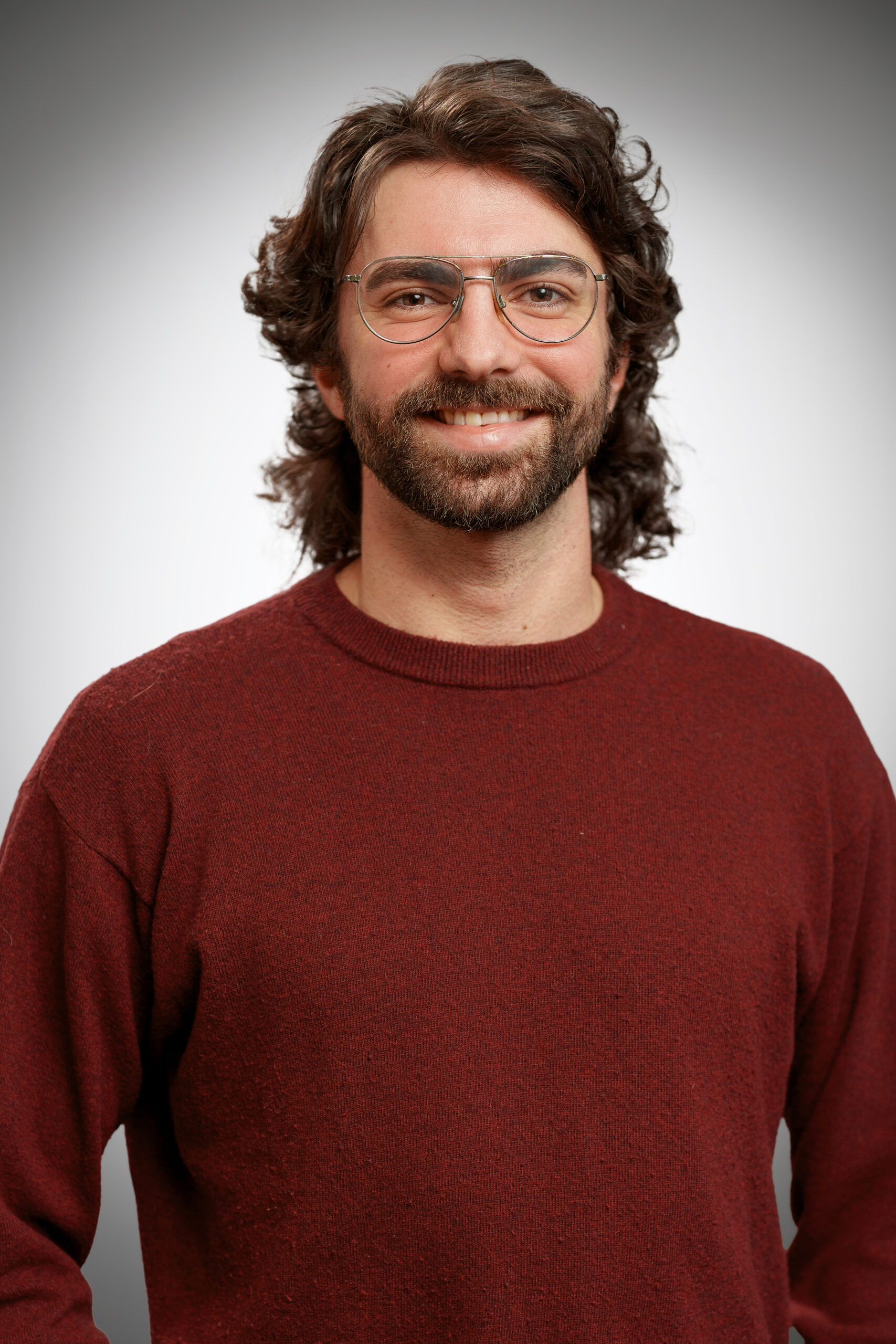Extended hydrogeochemical monitoring to understand in-situ sulphur turnover processes
New research approaches for minimizing concentrations
Mining has left its mark on the Ruhr region. Every year, around 70 million cubic meters of mine water have to be lifted via RAG AG's central dewatering systems. The mine water, which is formed from seepage water, has absorbed various minerals and trace elements on its way through the rock strata. In contact with the hard coal, iron and sulphur in particular are added.

Based on the ongoing monitoring program, the scientists at the FZN are developing a hydrogeochemical model as part of this project that simulates the turnover processes of sulphur (iron sulphide oxidation, sulphate reduction). This allows a comprehensive hydrochemical system understanding of the processes during the mine water rise to be established. In future, the findings will allow optimized prediction of the geochemical development of mine water. The investigations are being carried out in the Ruhr area and the Saarland.
The aim of the scientists is to control and shape the natural hydrochemical processes in the mine water in such a way that the mine water quality is improved and the underground pump infrastructure is protected in the best possible way in terms of sustainability.
The project is supported by the RAG AG since 2021.

Project objectives
- Recording the sulphur cycle in mine water
- Determination of the relevant parameters that control iron sulfide oxidation, bacterial sulfate reduction and methanogenesis
- Geochemical modeling of iron sulfide oxidation and bacterial sulfate reduction in the mine water system
- Development of a hydrogeochemical model for hydrological modeling
Contact

Dr. Barbara Teichert
Technische Hochschule Georg Agricola, University
Herner Street 45
44787 Bochum
Building 2, room 104a
Phone 0234 968 3802
Mail barbara.teichert@thga.de

M.Sc. Simon Nikutta
Technische Hochschule Georg Agricola, University
Herner Street 45
44787 Bochum
Building 2, room 205
Mail simon.nikutta@thga.de


